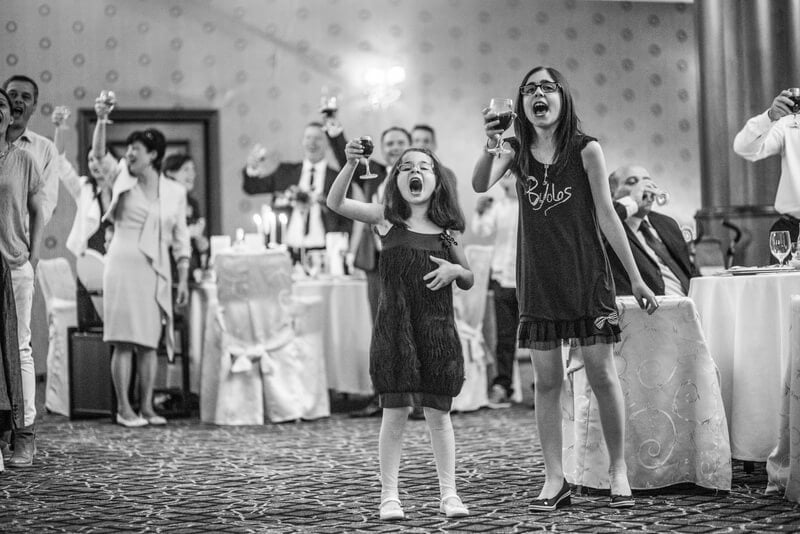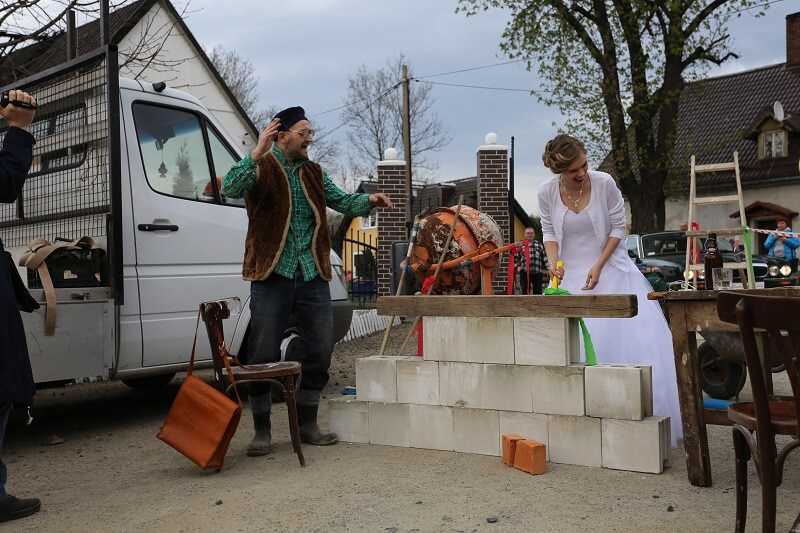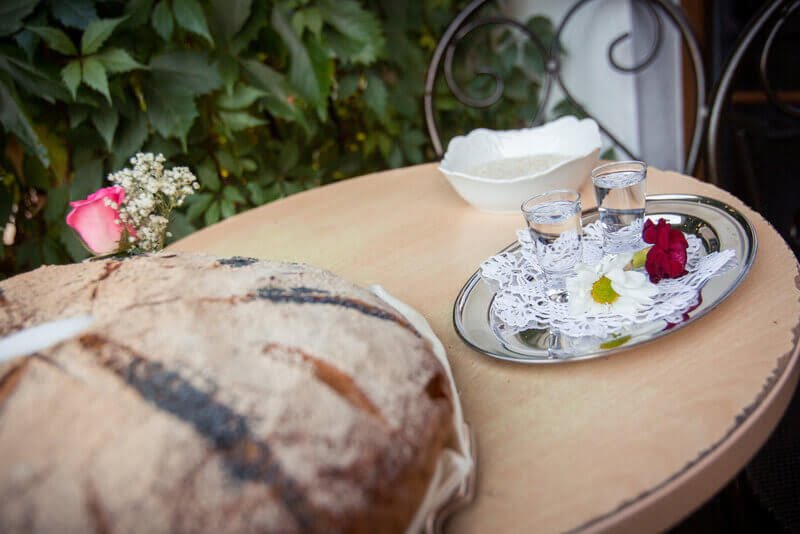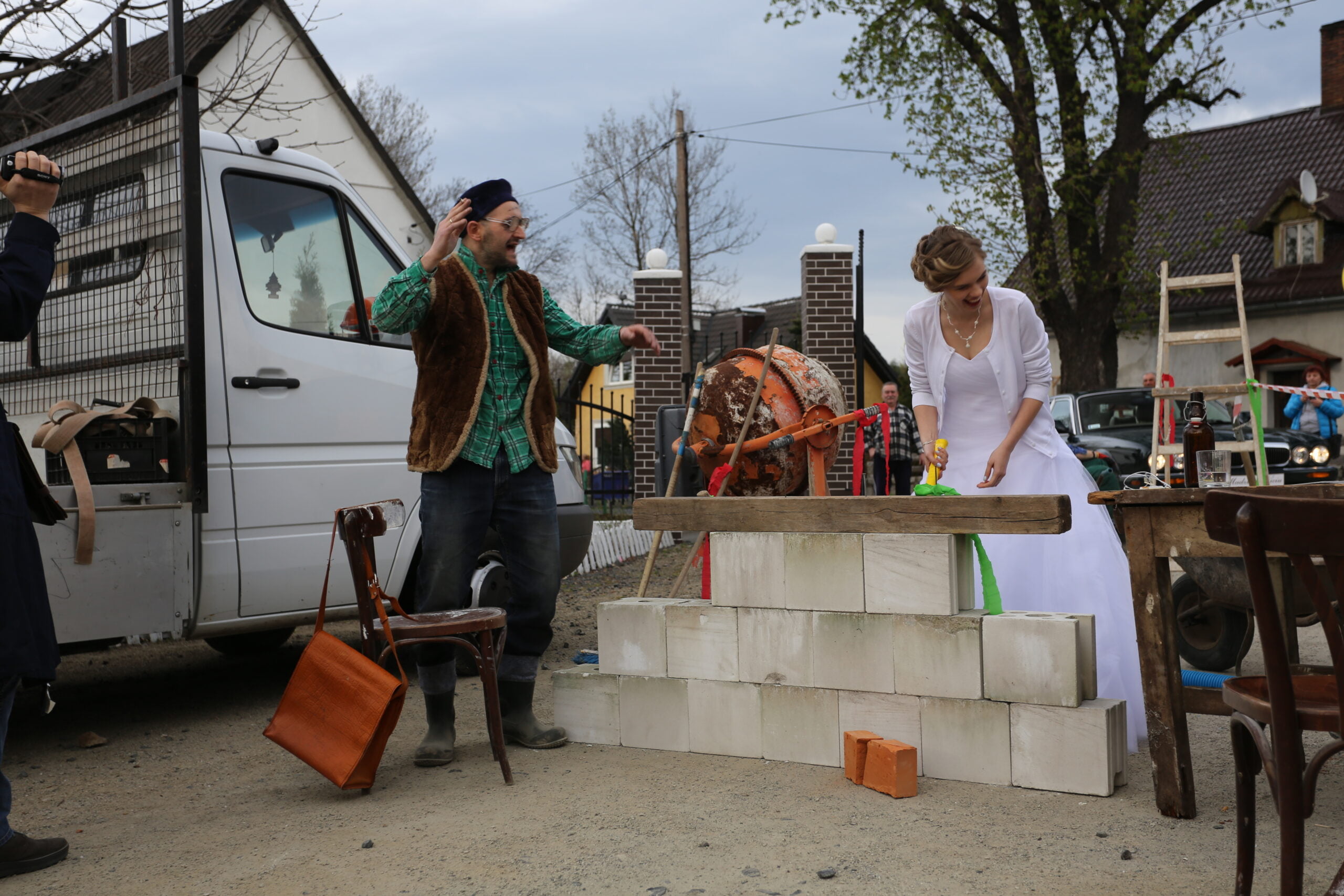No two parties are alike, although Polish wedding traditions are common to many regions. Our customs aim above all to provide unforgettable fun in which guests can participate. So, although they always take place according to the usual scheme, at the same time it is thanks to them that each one wedding party is unique.
Polish wedding traditions draw heavily on Slavic rituals. Some customs are no longer cultivated, and some of them have taken a slightly more modern form. Polish wedding is one of a kind and absolutely unrepeatable. We focus primarily on champagne fun, which is to last until dawn. All customs have their charm and few couples decide to give them up. What distinguishes us and what traditions do we celebrate?
Polish wedding traditions in a nutshell
Although they vary slightly from region to region, their core remains the same. A grand party or a wedding in the company of loved ones cannot take place without respect for tradition. That is why the Young Couple does not give up cultivating them. Some customs entertain, others move, and some of them have deep symbolism. Who has never been to a traditional Polish wedding, does not know how much he has lost.
Can guests from abroad have fun at such a wedding? Certainly yes, but young people should bear in mind that some traditions may seem to them ... strange. If you want them to feel comfortable, you can tell them a bit about the prevailing customs and gently understand what such parties look like at their place. This way you will avoid embarrassing and awkward situations.

Polish wedding traditions before the ceremony
A wedding is not just the one day when the wedding and reception take place. Among the many Polish traditions, one can easily identify those that are cultivated to this day, and take place a week or even a month before the wedding. What customs are we talking about? Let's check.
A covenant is a meeting between the parents of both fiancées, which takes place shortly after the engagement. In the course, preliminary assumptions regarding the wedding are established, which concern, among other things, the financial issues of the wedding and on whose side the expenses for individual elements of the party are. This is a custom that only applies to brides whose parents decide to pay for the wedding.
Are you looking for a unique wedding venue?
Book your date at Dwór Korona Karkonoszy today ♥
Polterabend, commonly known as slamming, is a custom cultivated mainly in Silesia. It is attended by wedding guests, neighbors and friends who gather in front of the bride's house. Everyone together cracks porcelain as a sign of happiness and prosperity of the Bride and Groom. Traditionally, slamming took place the day before the wedding, but today the custom is a bit more pragmatic and the slamming is organized a few days in advance. After all, it's a spontaneous party, often heavily drunk with alcohol!
Polish wedding traditions on the wedding day
Traditions and rituals that are cultivated on the wedding day are a whole range of customs, beginning in the homes of the Bride and Groom. In many places there are escorts, i.e. the moment when the bridesmaids take the groom out of the house.
Among the most popular traditions there are gates and barriers. Literally everyone, neighbors, friends and even random passers-by who know about the wedding taking place on a given day, go out into the street and block the road to prevent passage. The Young Couple must buy into their favors, so in order to travel further, they give alcohol or sweets as payment. An equally popular tradition is to sprinkle the Young with rice, confetti or coins — wedding superstitions they say that the spouse who collects more will be responsible for the finances at home.

Welcoming with bread and salt, oczepiny and cutting the cake
By the time the fun begins Young Couple, usually already on wedding hallis greeted with bread and salt. According to tradition, this should be done by the bride's mother, but more and more often this honor falls to the room staff. After dinner, the first toasts appear, as well as songs related to bitter vodka, which the young woman should sweeten the hapless guests with a kiss. A very important tradition is the first dance of the Bride and Groom and thanks addressed to the parents for the effort of upbringing. Usually these are moments that touch all the guests and are very deeply remembered.
Around midnight, it's time for oczepiny. All unmarried ladies gather around the bride. Their task is to catch the veil that the bride throws behind her. The same thing happens in the case of the groom, but he throws away his bow tie or tie. Tradition says that the lucky ones who manage to capture the attributes of the Young will be the next to marry.
Polish wedding traditions cannot exist without a cutting ceremony wedding cake. In many regions, this moment falls exactly at midnight, but some couples are increasingly deciding to speed up the event and share the cake in the early evening or late afternoon. Here, the custom is that the first two pieces of the cake should be eaten by the spouses, feeding each other, and only then distributed among the wedding guests. It is customary to start serving with the parents of the Bride and Groom, then move on to the bridesmaids and groomsmen, to finally serve all the other guests.


Awesome article, I didn't know all of them!